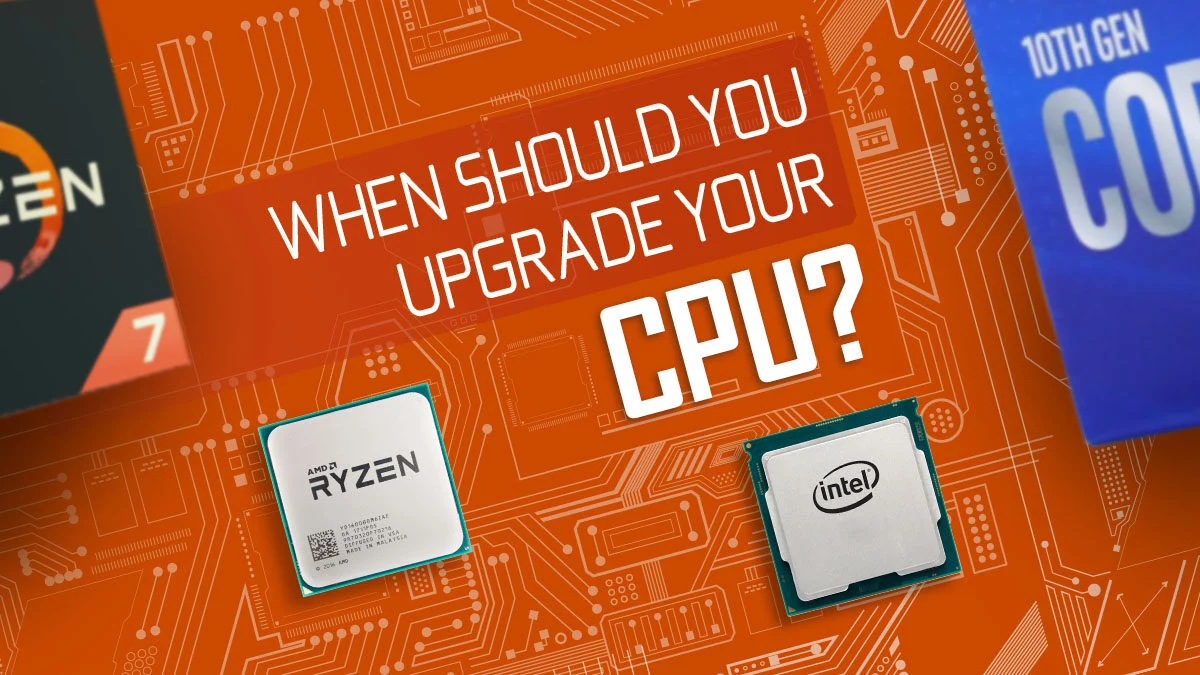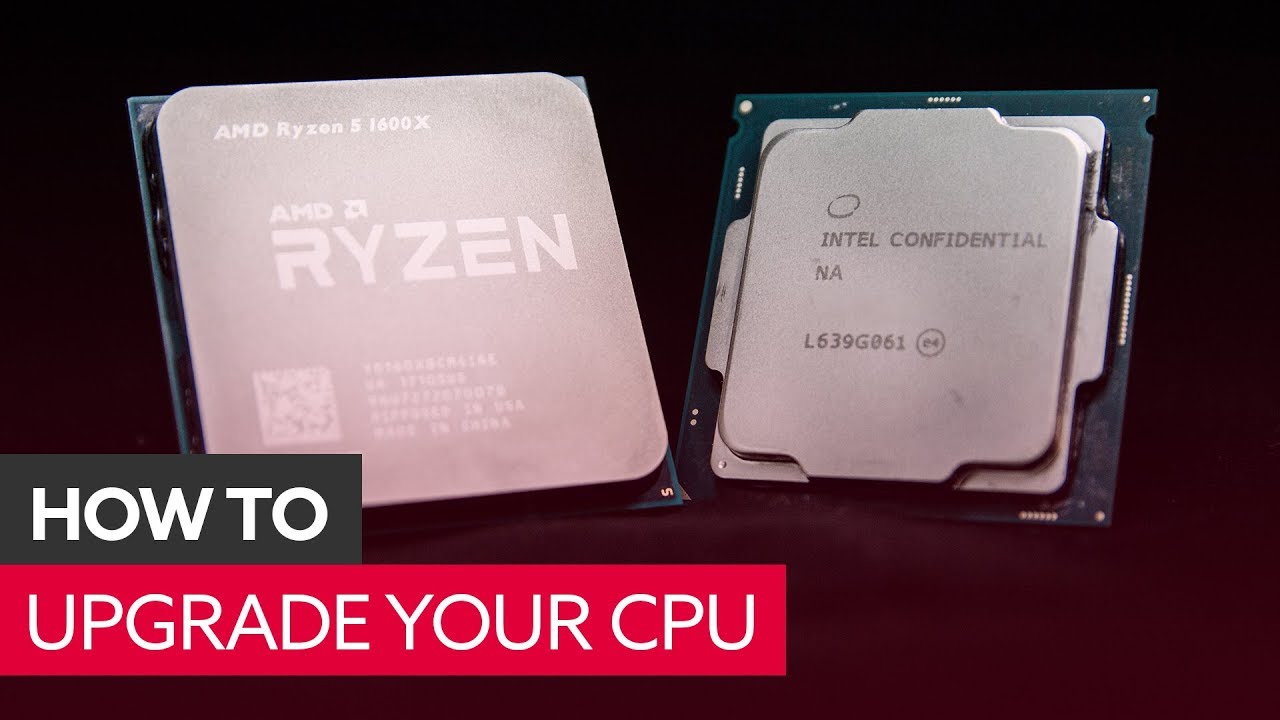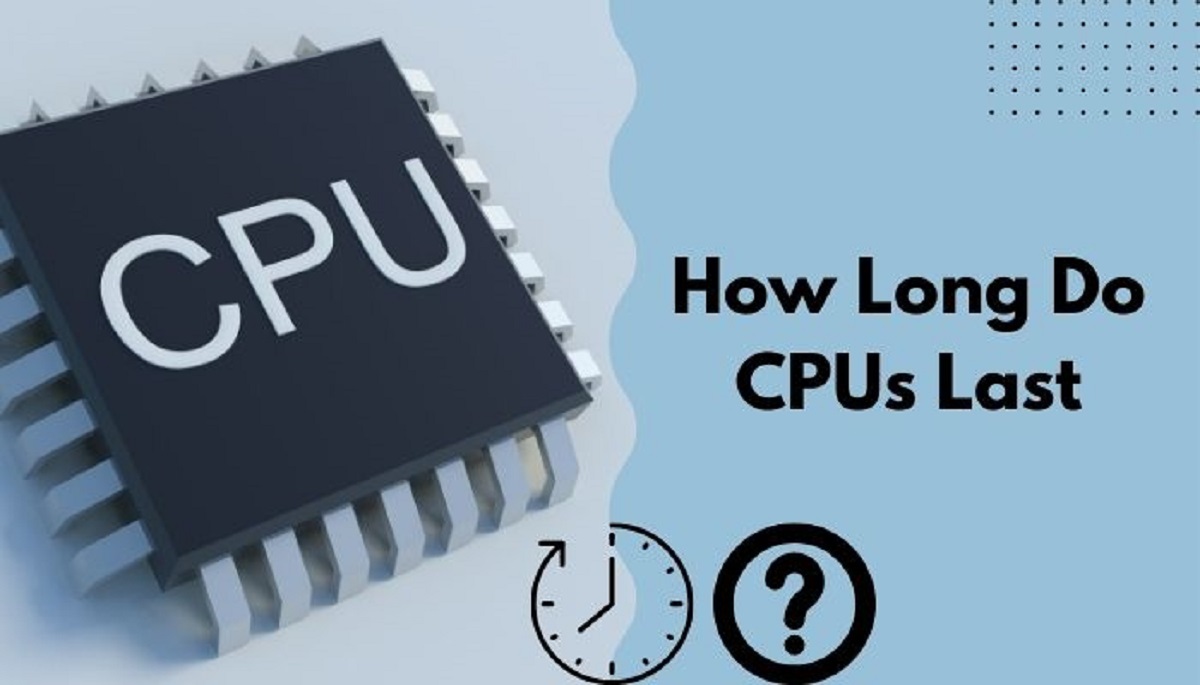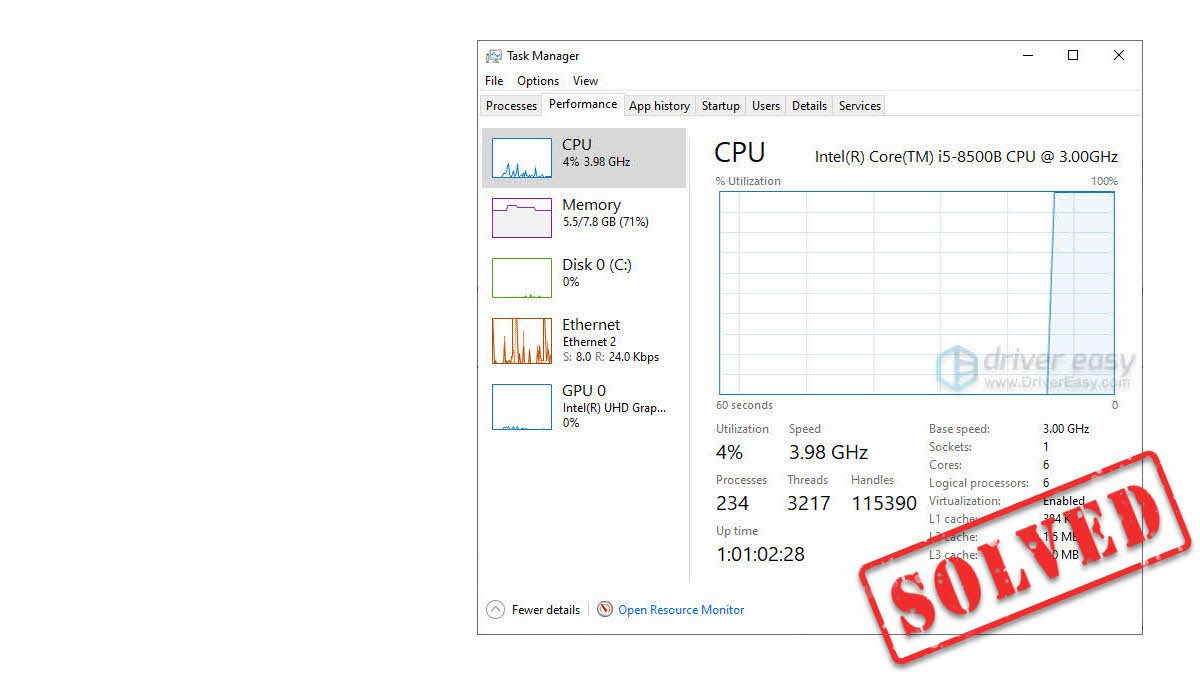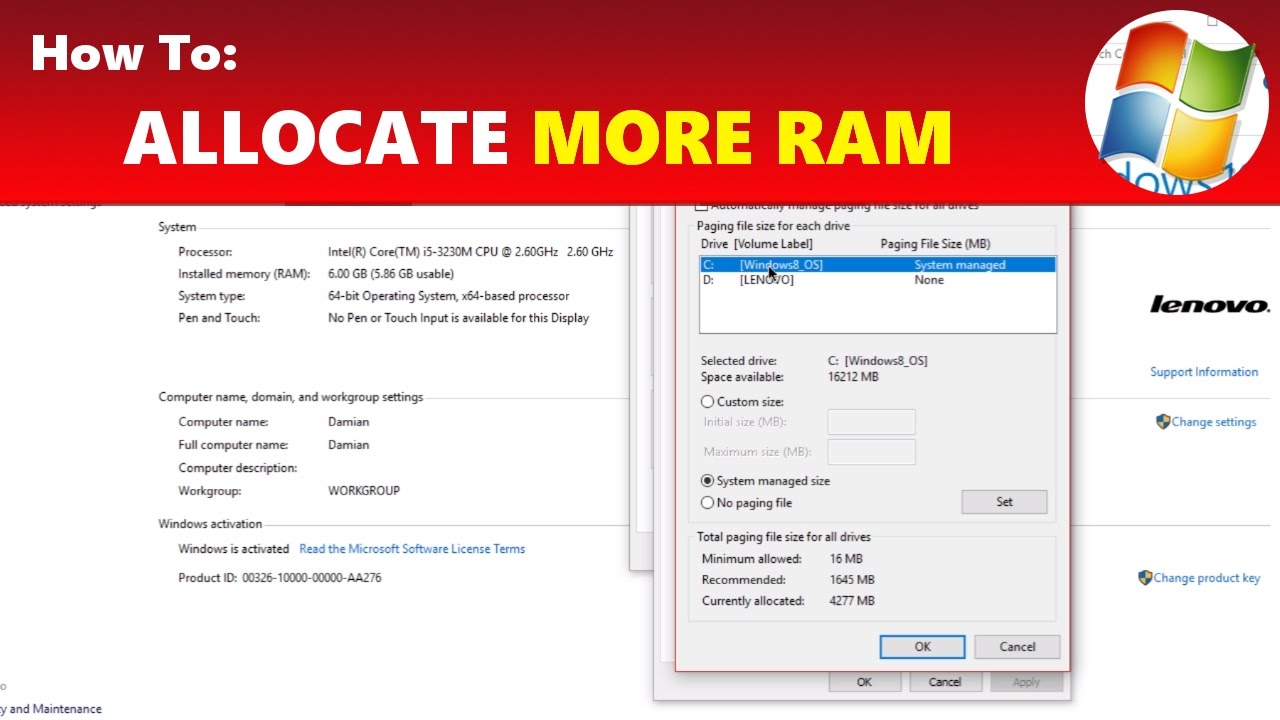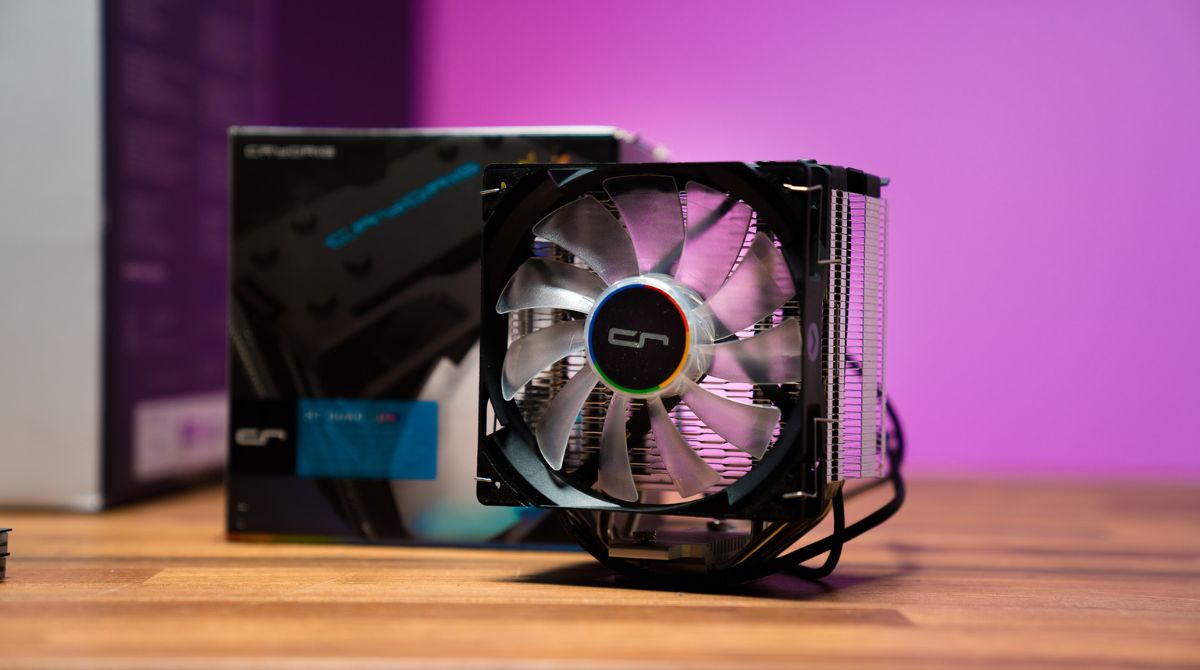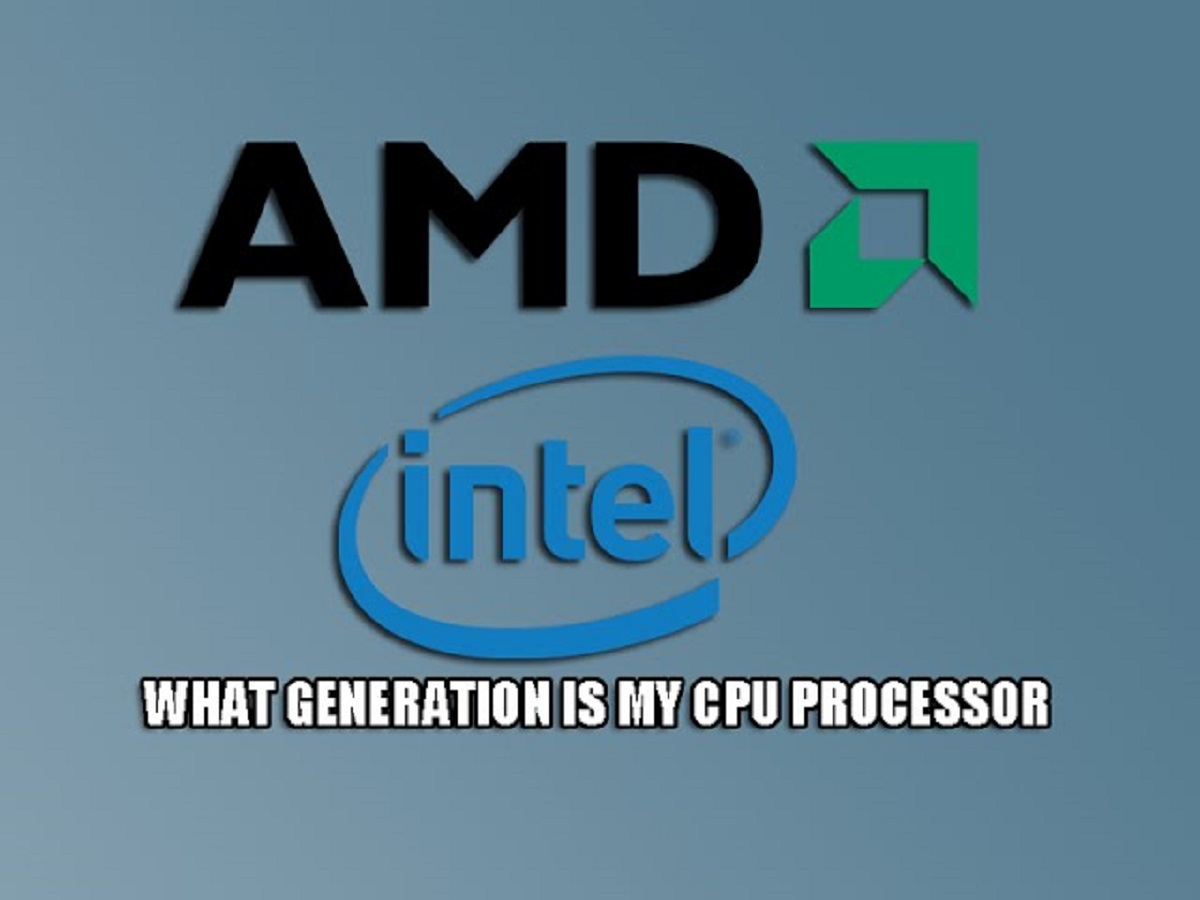What is a CPU (Central Processing Unit)?
The Central Processing Unit (CPU) is often referred to as the “brain” of a computer. It is a key component responsible for executing instructions and performing calculations required for the operation of a computer system. Every action you perform on your computer, whether it’s opening a file, browsing the internet, or running a software application, relies on the CPU to process the necessary data and produce the desired output.
The CPU is primarily composed of two major components: the control unit and the arithmetic and logic unit (ALU). The control unit manages the flow of data and instructions inside the CPU, while the ALU is responsible for carrying out the actual calculations and logical operations. These components work together to execute instructions provided by the software and control the overall operation of the computer system.
A CPU consists of multiple cores, which are individual processing units within a single physical chip. These cores enable a CPU to perform multiple tasks simultaneously, improving performance and efficiency. CPUs also have cache memory, which stores frequently accessed data and instructions, allowing for faster processing speeds.
CPU performance is measured in terms of clock speed, measured in gigahertz (GHz), which represents the number of cycles a CPU can execute per second. Higher clock speeds generally result in faster processing speeds. Additionally, CPUs are classified into different generations, with each new generation introducing improvements in performance, power efficiency, and new instruction sets.
It is worth noting that a CPU is only one component of a computer system and its performance is influenced by other factors such as the amount and type of RAM, storage devices, and graphics processing units (GPUs). Therefore, when considering a CPU upgrade, it is important to evaluate your overall system requirements and ensure compatibility with other components.
How Does a CPU Work?
Understanding how a CPU works can provide insight into the complexity and efficiency of modern computer technology. At its core, a CPU follows a series of steps known as the “fetch-decode-execute” cycle to process instructions and perform computations.
The process begins by fetching instructions from the computer’s memory. The CPU retrieves the next instruction in the sequence and stores it in its internal memory called the instruction cache. The fetched instruction is then passed to the control unit, which decodes it to determine the specific operation to be performed.
The control unit extracts the necessary data values from registers or the memory based on the instruction’s requirements. These values are then fed into the arithmetic and logic unit (ALU) for the execution of the actual calculation or logical operation. The ALU performs mathematical computations, such as addition, subtraction, multiplication, or division, as well as logical operations, like comparisons and bitwise operations.
Once the operation is completed, the ALU stores the result in the appropriate location, such as a register or memory, based on the instruction’s specifications. The control unit then fetches the next instruction, and the cycle continues until all instructions have been executed.
To optimize performance, modern CPUs employ techniques like pipelining and caching. Pipelining allows the CPU to process multiple instructions simultaneously by dividing the instructions into separate stages. Each stage handles a different part of the instruction, leading to improved efficiency and faster processing times.
Cache memory, on the other hand, stores frequently accessed data and instructions closer to the CPU, reducing the time required to retrieve data from the system memory. This helps minimize memory access delays and enhances overall CPU performance.
In summary, a CPU works by fetching instructions, decoding them, performing the necessary calculations or operations, and storing the results. This process is repeated continuously, allowing the CPU to execute a wide range of tasks and functions, making it an integral component of any computer system.
Factors to Consider Before Upgrading CPU
Upgrading a CPU can significantly improve the performance and capabilities of your computer. However, before rushing into a CPU upgrade, it is important to consider several factors to make an informed decision. Here are some key factors to keep in mind:
- Compatibility: Ensure that the new CPU is compatible with your current motherboard. Check the socket type and the supported CPU models listed in your motherboard’s specifications. Upgrading to an incompatible CPU can result in non-functional components or limited performance.
- Performance Needs: Assess your specific performance requirements. If you primarily use your computer for basic tasks like web browsing and word processing, a mid-range CPU may suffice. However, if you engage in resource-intensive activities like video editing or gaming, a high-performance CPU will be more suitable.
- Budget: Consider your budget limitations. CPU prices vary based on factors such as brand, generation, and core count. Determine how much you are willing to spend and choose a CPU that offers the best value for its performance capabilities.
- Future Upgradability: Think about your future upgrade plans. Consider the longevity of the CPU and whether it supports the latest technologies and instruction sets. Investing in a newer-generation CPU with more advanced features may provide better long-term value.
- Power and Cooling: Evaluate your system’s power and cooling capabilities. Upgrading to a more powerful CPU may require a higher wattage power supply and adequate cooling solutions, such as a CPU cooler or liquid cooling system, to prevent overheating and ensure stable operation.
- Software Optimization: Research whether the software applications you use frequently can fully utilize the potential of the upgraded CPU. Some programs may not take full advantage of multiple cores or higher clock speeds, limiting the performance improvements you can achieve.
By considering these factors, you can make a well-informed decision when choosing to upgrade your CPU. It is important to strike a balance between your performance needs, budget, compatibility, and future upgradability to fully optimize your computer’s capabilities.
Signs That You Might Need to Upgrade CPU
Knowing when it’s time to upgrade your CPU is essential for maintaining a smooth and efficient computing experience. Here are some signs that indicate it might be time to consider a CPU upgrade:
- Performance Slowdown: If you notice a significant decrease in your computer’s overall performance, such as slow boot times, sluggish response, or frequent freezes, it could be a sign that your current CPU is struggling to handle the demands of your tasks and applications.
- High CPU Usage: If you consistently experience high CPU usage, where the CPU is constantly operating at or near its maximum capacity, even during light tasks, it may be an indication that your current CPU is not powerful enough.
- Software Requirements: Some software applications, especially newer versions or resource-intensive programs like video editing software or high-end games, have minimum CPU requirements. If your current CPU falls below these requirements, you may need to upgrade to ensure optimal performance.
- Incompatibility with New Technologies: As technology advances, new hardware and software may require more advanced CPUs to take full advantage of their features. If you find that your current CPU lacks support for these new technologies, an upgrade may be necessary to keep up with the latest advancements.
- Bottlenecking: If you have a powerful graphics card or other high-performance components in your system, but your CPU is not able to keep up with their capabilities, it can create a bottleneck and limit the overall performance. In this case, upgrading your CPU can help eliminate the bottleneck and unlock the full potential of your system.
If you experience one or more of these signs, it may be time to consider upgrading your CPU. However, it’s important to evaluate your specific needs and budget before making a decision. Upgrading the CPU alone may not always solve performance issues, and it’s important to consider other factors like RAM and storage as well. Therefore, it’s recommended to assess your entire system and determine the best course of action to optimize its performance.
Common Reasons for CPU Upgrades
An upgrade to your CPU can provide several benefits and address various concerns related to your computer’s performance and capabilities. Here are some common reasons why users choose to upgrade their CPUs:
- Improved Performance: Upgrading to a more powerful CPU can significantly enhance your computer’s overall performance. It allows for faster processing speeds, smoother multitasking, and better responsiveness, especially when running resource-intensive tasks or demanding software applications.
- Compatibility with New Software: Newer software applications and operating systems often have higher system requirements. Upgrading your CPU ensures compatibility and allows you to fully enjoy the features and functionality provided by the latest software releases.
- Enhanced Gaming Experience: Gamers often choose to upgrade their CPUs to achieve better gaming performance. With the increasing demand for realistic graphics and seamless gameplay, a more powerful CPU can handle the intense calculations and processing required for modern games.
- Video and Multimedia Editing: CPU upgrades are commonly sought after by video editors and content creators who work with high-resolution videos and complex multimedia projects. A faster and more capable CPU can significantly reduce rendering times and provide a smoother editing experience.
- Virtualization and Simulation: Those who run virtual machines or perform simulations, such as software developers or IT professionals, require a robust CPU. Upgrading to a CPU with better multi-threading capabilities and higher core counts can greatly improve the performance and speed of virtualization and simulation tasks.
- Future-Proofing: Many users choose to upgrade their CPUs to “future-proof” their systems. By investing in a high-end CPU with advanced features and technology, users can ensure their systems remain capable of handling upcoming software advancements and emerging technologies for a longer period.
It’s important to note that before upgrading your CPU, it’s advisable to consider other factors as well, such as motherboard compatibility, power supply requirements, and budget limitations. Additionally, upgrading the CPU alone may not always provide significant performance improvements. Evaluating your entire system and its components can help identify any potential bottlenecks and ensure a balanced upgrade that maximizes your computer’s overall capabilities.
When Should You Upgrade Your CPU?
Deciding when to upgrade your CPU can depend on various factors, including your specific needs, budget, and the current performance of your computer. Here are some situations when you might consider upgrading your CPU:
- Performance Limitations: If you find that your current CPU is unable to handle the demands of your tasks, whether it’s running resource-intensive software, gaming, or multimedia editing, it may be time for an upgrade. Lag, freezing, or slow performance can indicate that your CPU is struggling to keep up.
- Compatibility: If you’re planning to upgrade other components in your computer, such as the graphics card or RAM, it’s important to ensure that your CPU is compatible with these upgrades. Upgrading your CPU may be necessary to optimize the performance of other newly installed hardware.
- Advancements in Technology: Newer generation CPUs often come with advanced features, improved power efficiency, and higher clock speeds. Upgrading to a new CPU allows you to take advantage of these technological advancements, enhancing the overall performance and efficiency of your system.
- Software Requirements: Certain software applications, especially newer versions or specialized programs, may have higher CPU requirements. If you plan to use these applications, upgrading your CPU to meet the recommended specifications can ensure smooth and optimal performance.
- Longevity and Future-Proofing: If you’re looking to future-proof your system and make it more capable of handling upcoming software and technologies, upgrading to a high-performance CPU can provide longevity and ensure your system remains relevant for a longer time.
It’s important to evaluate your specific needs and consider your budget when deciding to upgrade your CPU. Researching different CPU models, their performance benchmarks, and customer reviews can help you determine the best CPU for your requirements. Additionally, consulting with experts or seeking guidance from reputable computer hardware sources can provide valuable insights to assist you in making a well-informed decision.
How to Choose the Right CPU for Your Needs
Choosing the right CPU for your needs requires careful consideration of various factors. To make an informed decision, follow these steps:
- Identify your specific requirements: Determine what tasks you primarily perform on your computer. Are you a casual user who mainly surfs the web and uses productivity apps, or a power user who engages in tasks like gaming, video editing, or running resource-intensive software?
- Evaluate your budget: Set a budget for your CPU upgrade. CPUs come in various price ranges, so defining your budget will help narrow down your options and ensure you get the best value for your money.
- Research different CPU models: Look for CPUs that align with your requirements and fall within your budget. Consider factors such as clock speed, number of cores, cache size, and thermal design power (TDP).
- Check compatibility: Verify that the chosen CPU is compatible with your current motherboard. Check the socket type and the list of supported CPU models in your motherboard’s specifications.
- Consider future upgradability: If you plan to upgrade other components in the future, opt for a CPU that can accommodate those upgrades. Choose a CPU from a current generation with support for the latest technologies.
- Read reviews and benchmarks: Research customer reviews and performance benchmarks of the CPUs you’re interested in. This information can provide insights into the real-world performance and reliability of different CPU models.
- Consider power and cooling requirements: Ensure that your power supply can handle the power requirements of the new CPU, and that your cooling system is sufficient for efficient heat dissipation, especially for higher-end CPUs.
- Compare prices: Once you have identified a few CPU options, compare prices from different retailers to find the best deals. Consider reputable sellers and take advantage of any promotions or discounts available.
- Make the purchase: Once you have evaluated all factors, made comparisons, and considered customer feedback, proceed with purchasing the CPU that best suits your needs, taking into account the availability and warranty offered by the manufacturer or retailer.
By following these steps, you can choose a CPU that meets your requirements, fits within your budget, and offers optimal performance for your specific needs. Keep in mind that the CPU is just one component of a larger system, so ensure compatibility and consider other hardware factors to achieve the best overall performance.
Steps to Upgrade Your CPU
Upgrading your CPU can breathe new life into your computer and improve its performance. Here are the steps to successfully upgrade your CPU:
- Research and choose the new CPU: Determine the compatible CPU models for your motherboard and choose one that meets your requirements and budget.
- Gather necessary tools: You will need a set of screwdrivers, thermal paste, rubbing alcohol, and cotton swabs for cleaning purposes.
- Prepare the workspace: Find a clean, well-lit, and static-free area to work. Place a soft cloth or anti-static mat on the surface to avoid damage to the components.
- Backup important data: Before starting the upgrade process, make sure to back up your important files and data to prevent any loss in case of unforeseen issues.
- Power down and unplug: Shut down your computer and unplug it from the power source. This will help prevent any electrical shocks or damage during the upgrade process.
- Remove the old CPU: Open your computer case and locate the CPU cooler. Remove the cooler by unscrewing it, then gently lift the CPU retention arm. Carefully lift the old CPU out of the socket.
- Clean and prep: Use rubbing alcohol and cotton swabs to clean the thermal paste residue from the CPU and the heatsink. Apply a small amount of new thermal paste to the center of the new CPU.
- Install the new CPU: Align the new CPU with the socket notch or marker and gently place it into the socket. Press down on the CPU until it sits flush in the socket. Lower the retention arm to secure the CPU in place.
- Attach the CPU cooler: Apply the appropriate mounting bracket to the cooler if necessary and position the cooler over the CPU. Align the screw holes and secure the cooler in place using the provided screws.
- Reassemble and power on: Carefully close the computer case, ensuring that all connections are secure. Reconnect the power cable and peripherals, then power on your computer to check if the new CPU is recognized and functioning properly.
It’s important to follow these steps carefully and refer to your motherboard and CPU manuals for specific instructions. If you are unsure or uncomfortable with performing the CPU upgrade yourself, it’s recommended to seek assistance from a professional or experienced technician.
Precautions to Take When Upgrading CPU
When upgrading your CPU, it is essential to take certain precautions to ensure a smooth and successful process. Here are some important precautions to consider:
- Power off and unplug: Before starting any hardware upgrades, shut down your computer and disconnect the power cord from the electrical outlet. This minimizes the risk of electrical shocks and prevents damage to the components.
- Ground yourself: To avoid static electricity discharge, which can damage sensitive components, ground yourself by touching a grounded metal surface or by wearing an anti-static wrist strap.
- Read the manuals: Consult the manuals or documentation provided with your motherboard and CPU to ensure you understand the specific installation and compatibility requirements.
- Handle with care: CPUs are delicate components, so handle them with caution. Avoid touching the pins or the sensitive circuitry on the underside of the CPU. Hold the CPU by its sides or use an anti-static foam pad to prevent damage.
- Use thermal paste: Applying an appropriate amount of thermal paste ensures proper heat transfer between the CPU and the cooler. Follow the CPU manufacturer’s instructions for applying the thermal paste correctly to prevent overheating issues.
- Double-check compatibility: Ensure that the new CPU you have chosen is compatible with your motherboard’s socket type and chipset. Verify the compatibility information in the motherboard’s documentation or on the manufacturer’s website.
- Keep track of screws and connections: When disassembling and reassembling your computer, keep track of all screws and connections. Taking photos or marking cables can help you reconnect everything correctly after the upgrade.
- Check cooling system compatibility: Ensure that your CPU cooler or cooling solution is compatible with the new CPU. Some high-performance CPUs may have specific cooling requirements, such as a higher TDP rating, which may require an upgrade to your cooling system.
- Update BIOS if necessary: Before installing a newer generation CPU, check if a BIOS update is required for your motherboard to support the new CPU. Follow the motherboard manufacturer’s instructions to update the BIOS if necessary.
- Test the system after the upgrade: Once the CPU upgrade is complete, power on your computer and monitor its performance. Check the BIOS settings to ensure the new CPU is correctly recognized, and check system temperatures to ensure proper cooling.
By following these precautions and guidelines, you can minimize the risk of damage to your components and ensure a successful CPU upgrade. If you’re uncertain about any step or encounter any difficulties during the process, it’s best to seek assistance from a professional or experienced technician.
Conclusion
Upgrading your CPU can be a significant decision that can greatly impact your computer’s performance and capabilities. By considering factors such as compatibility, performance needs, budget, and future upgradability, you can make an informed decision about when and how to upgrade your CPU.
Knowing the signs that indicate a CPU upgrade may be necessary, such as performance slowdowns, high CPU usage, or software requirements, can help you determine the right time for an upgrade.
To choose the right CPU for your needs, evaluate your requirements, research different CPU models, check compatibility with your motherboard and other components, and read reviews and benchmarks to ensure optimal performance and value for your investment.
When upgrading your CPU, remember to take precautions to protect your components and ensure a successful upgrade. This includes powering off and unplugging your computer, handling the CPU with care, applying thermal paste correctly, and double-checking compatibility and cooling system requirements.
By following these guidelines and precautions, you can upgrade your CPU smoothly and maximize your computer’s performance and potential.







